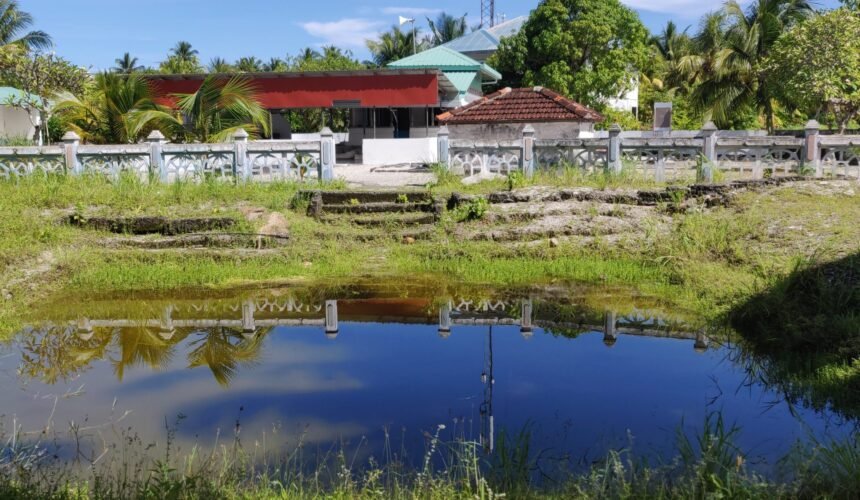Fuvahmulah
Sightseeing
Thoondu
Thoondu at the north western edge of Fuvahmulah is one of the most popular beaches in the Maldives. A wide band of dazzling white of shiny pebbles makes this beach not just a rarity but stunningly beautiful.
The sand at the beach is formed by small, shiny white pebbles that sparkle in the sunlight, instead of coral grains as found in other beaches
Koda Kilhi
Koda Kilhi is a muddy spot in the marshes sorrounding Bandaara Kilhi. The area is popular amongst locals and visitors as a natural mud bath. A mud bath at the Koda Kilhi is truly a unique experience to be enjoyed. Not only is it relaxing to take a dip in this natural mud bath, but it is also believed by some to be beneficial for the skin. To reach there, you will need few minutes of tracking from the main road or to canoe through the lake. It is better to take a local guide with you.
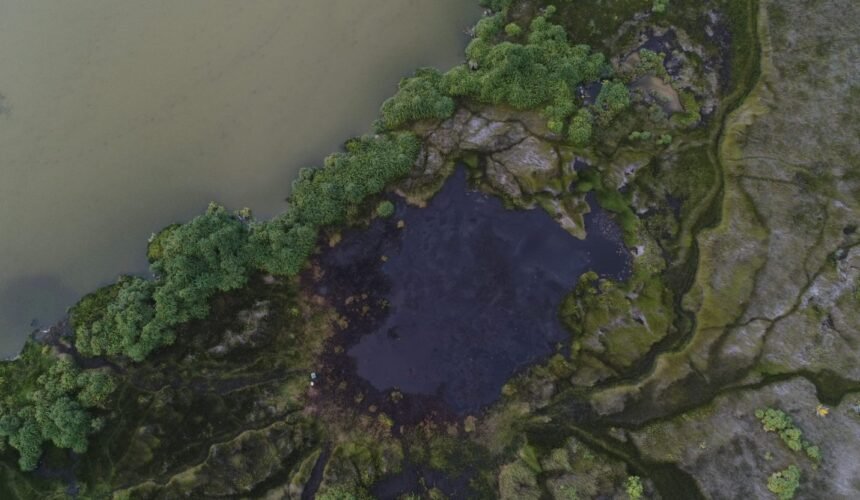
Kalho Akiri Gando
Kalho Akiri Gando or sometimes referred to as Black Stone Beach is a beach behind the airport on the south west side of the island, known for its distinctive darkened pebbles found only in the area. While this beach is not ideal for swimming as it has strong waves and currents, seasonal swells bring waves good for surfing.
Entry to the area requires prior approval from the Airport office.

Board Walk
Board Walk (Nature Park)
A board walk extending out to the wetlands and marshes surrounding Dhadimagi Kilhi at the Fuvahmulah Nature Park.
Board Walk (Bandaara Kilhi)
A board walk extending out to the wetlands and marshes behind Bandaara Kilhi and Koda Kilhi.

Bandaara Kilhi
Bandaara Kilhi is one of the two fresh water lakes in Fuvahmulah. With a depth reaching 15 feet and covering a distance of 14 acres, the lake is the largest fresh water body in the Maldives. The lake is surrounded by an extended wetland vegetation, with the popular mud bath ‘Koda Kilhi” located within the area. The area is a government protected reserve.
The lush green vegetation of the area is an astounding natural scenery and is home to a rich variety of plants and wildlife.
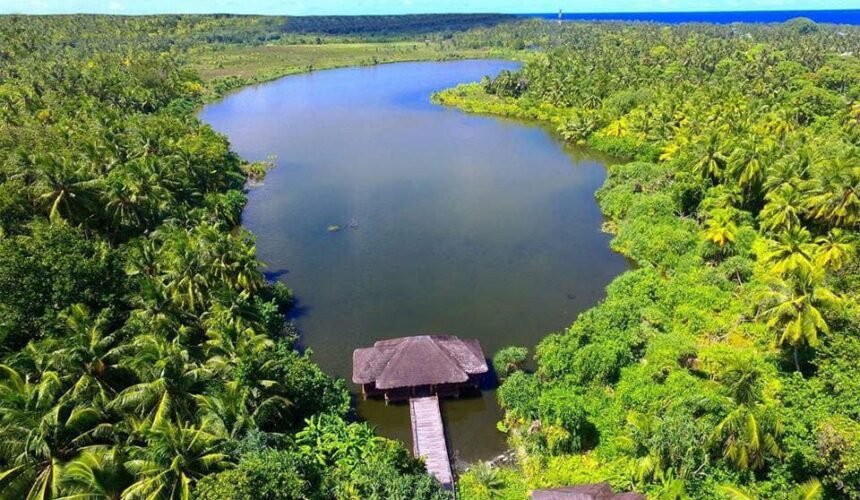
Dhadimagi Kilhi
Dhadimagi Kilhi is one of the two fresh water lakes in Fuvahmulah. Encompassed by large areas of wetland, the lake and the surrounding wetlands are a protected reserve in the island. The lush green vegetation of the area is home to a rich variety of plants and wildlife.
The lake and the marshes are a part of Fuvahmulah Nature Park, a designated eco-tourism park in the island.
Visitors to the park can enjoy the astounding natural scenery and indulge in fun activities such as canoe riding and pedal boating in the serene waters of the lake
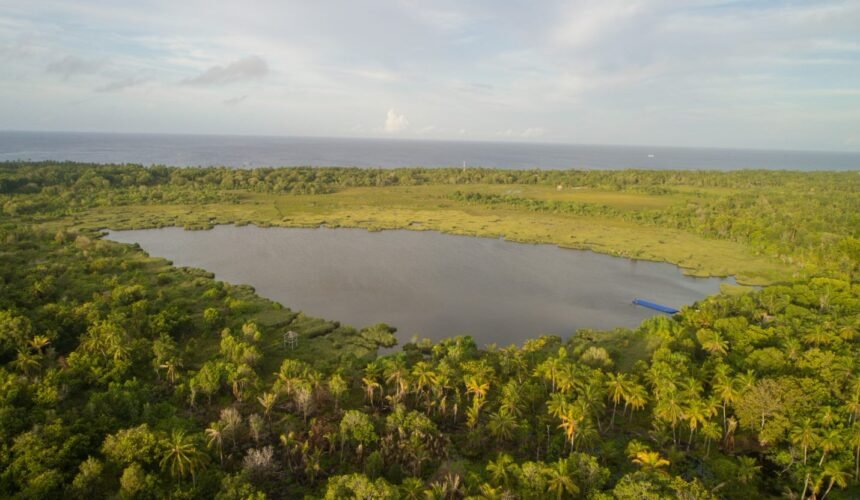
Maaneyre
Maaneyre is a beach in the south western side of the island. The area has the largest man-made channel in the island, which was used for travelling. The channel is famous for rip currents that flow out to the sea. This area is especially beautiful during low tide and is a good spot for viewing the sunset.
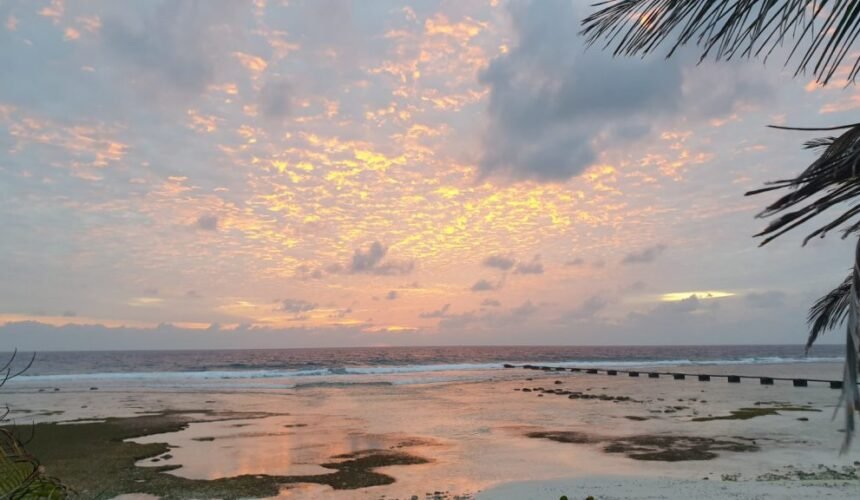
Valifanno
One of the most renowned beach areas in the island. Visitors can relax and rejuvenate at the community park adjacent to the beach, where you can catch the refreshing sea breeze or marvel at the beautiful colors of the dusk or enjoy the beautiful night sky, depending on the time of the day. The area is ideal for friends and family for a barbeque, where you can make memories over delicious food and local drinks like Kurumba. You can also grab a bite from the takeaway outlets and savor the local flavors while you unwind by the sea.
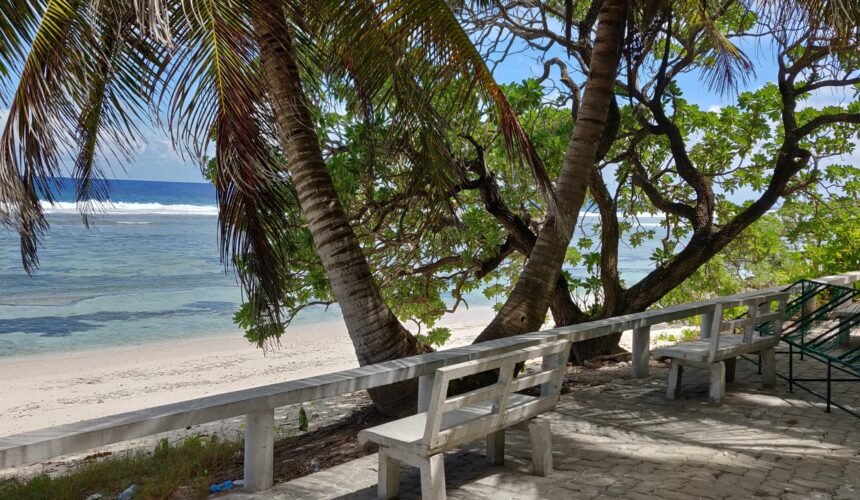
Geragando Fanno
Geragando Fanno is a beach area in the south west side of the island, which is an ideal spot to learn surfing. During high tide, the waves that break off the reef gradually come to the shore creating excellent conditions for beginners. Multiple local surf schools provide surf lessons in the area to visitors to the island.
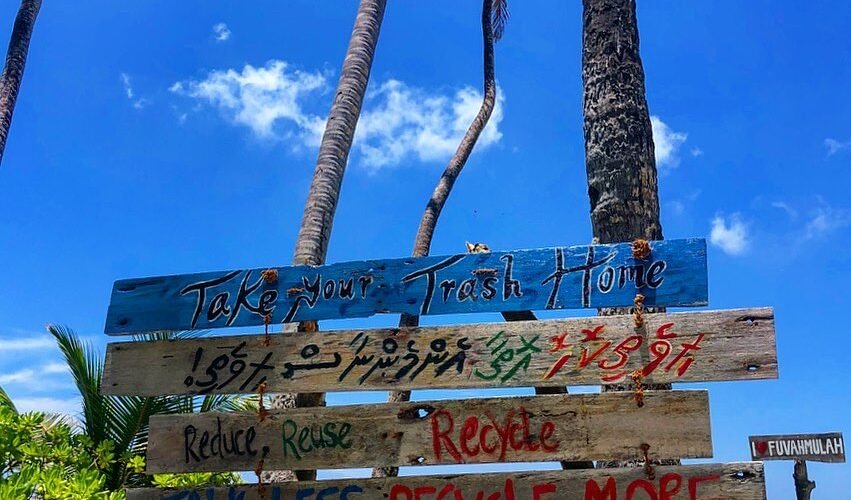
Havihtha
Fuvahmulah Havihtha is an ancient ruin of what is believed to be a Buddhist Stupa in the north of the Island. The site, located in the region known as “Veyregan”, once held a cluster of pre-Islamic religious structures that have since fallen into ruins. These structures were part of a monastery that dates back to at least 1500.
The term “Veyregan” encompasses not just one building but a complex of structures that includes Dhagaba, Vihara, Stupa, Pirivena, and more, all within a sacred area. The Havittha in Fuvahmulah has the features of a stupa, which is a hemispherical building commonly found within Buddhist monasteries (known as “Ver”).
In the year 1922, Mr. Henry Charles Pearls Bell (H. C. P. Bell) undertook excavations of similar sites scattered across various regions of the Maldives. His findings showed the historical significance of these structures as fortresses of both Buddhism and Hinduism in the Maldivian past. His examinations on the ruins of Fuvahmulah Havihtha found it as a place of worship during eras marked by these pre-Islamic religious influences. Similar religious sites and buildings can be seen in locations like Pokna and Anuradhapura in Sri Lanka, all serving as ancient monuments of Buddhism.
A few years after HCP Bell’s second visit to the island in 1940’s, excavations were done on the site by a team led by a man called Adam Naseer Manik. These excavations charted the structure’s dimension and layout. The height of the stupa stood at 24 feet 8 inches, the diameter of the lower part measured 69 feet 8 inches, the middle part spanned 56 feet 6 inches, and the upper part measured 31 feet. The stupa’s interior was filled with sand and gravel.
Items of significance were unearthed during the excavation, including three sandstone boxes discovered at a depth of 4 feet. The current whereabouts of the items found during the excavations remains a mystery after it was taken to Male’, as none of them can be found in the Maldives National Museum at present.
The other major historical account on the Havihtha comes from Norwegian ethnographer Thor Heyerdahl, who visited the island in 1982. He discovered two more, but much smaller, mounds (Kudhu Havihtha) in the area which were previously unknown to the locals. He also came up with the possibility of the idea that the Havihtha could likely have been a sacral building that dates even further back to pre-Buddhist times.
The vast area surrounding Havittha is still in archeological terms uncharted territory. Recent discoveries from the area include an abundance of cowry shells (cowry shells were a medium of exchange in the past) as well as a sandstone box containing a human skeleton, and pre-Islamic religious artifacts.
As we continue to unearth the secrets of Fuvahmulah Havihtha, this historic site stands as a gateway to religious history in the Maldives, leaving an indelible mark on the cultural heritage of this enchanting island and the entire Maldivian archipelago.
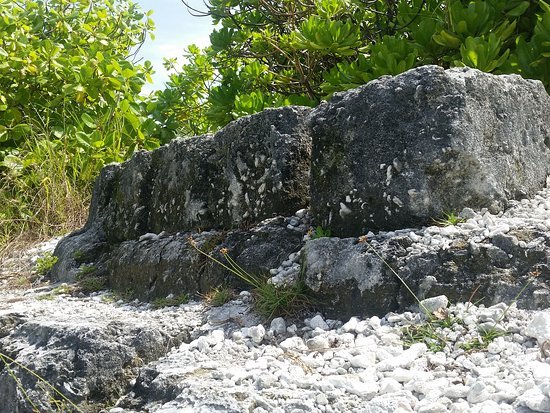
Vasho Veyo
Vasho Veyo is an ancient circular bath skillfully handcrafted by locals using coral stone. This ancient stone pool complete with stone steps was previously used for bathing by the inhabitants of the area. It is one of the few pre-Islamic structures to be found well preserved in the Maldives.
Remnants of what is believed to be ancient Buddhist structures were found in the area close to the bath. However these were destroyed right after it was discovered. The area also used to be the site of a now demolished mosque.
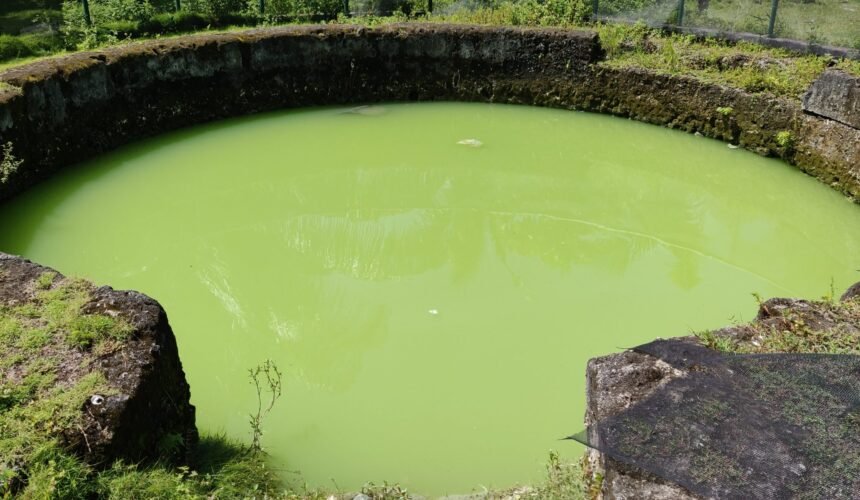
Kedeyre Misskiy
A 450-year-old mosque built by a man called Ali Adafi Kaleyge. Ali Adafi Kaleyge, along with four others were the first to resettle in Fuvahmulah, after the island was deserted for a second time in their history after being forced to flee due to an epidemic that killed a large portion of the island’s population.
The mosque well is built in the middle of what used to be a rectangular bath made of limestone. The intricately carved stonework in this bath is one of the last remining mark of the exceptional talent of the islanders.
In the 1980’s, Norwegian ethnographer Thor Heyerdahl excavated the Kedeyre area and unearthed the previously half buried bath. The bath has a megalithic stairway descending from the east wall. Large, hard limestone from the island bedrock was used to build the structure. It had been cut as straight and smooth as a panel of glass with a precision that belied both its size and toughness of material. According to Heyedharl, the people who designed these walls followed an important aesthetic or magico-religious tradition known only to a few restricted pre-European civilizations. The architecture and specialized masonry techniques used in the bath and other epic structures found in Fuvahmulah is a lead that could connect Maldives to some of the great seafaring civilizations that had roamed the high seas centuries before European maritime history began.
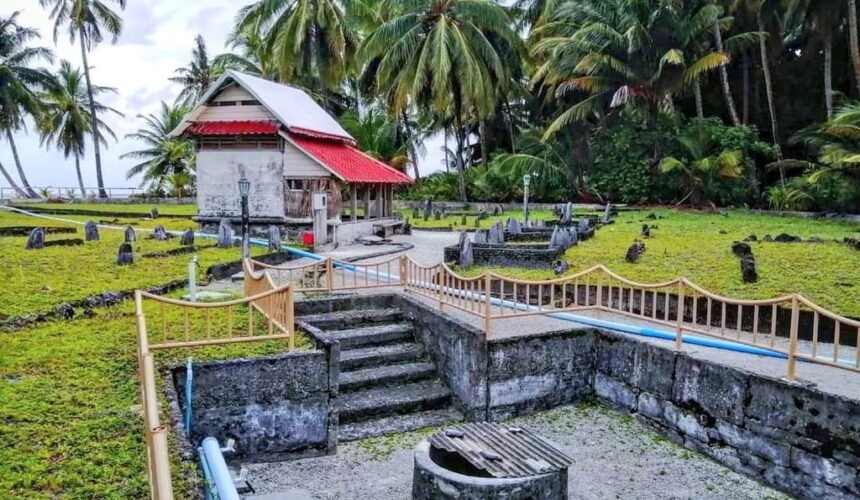
Hukuru Miskiy
Hukuru Miski is an almost century old mosque built with coral rubble masonry, timber and lime plaster. It is of the most significant mosques in the island being one of the first multi-story building on the island. The mosque served as the only Friday prayer mosque in the island for years.
The current mosque was built on the order of Al-Sultan Muhammed Shamsuddeen III during the time he spent on exile in Fuvahmulah in 1930’s after demolishing an existing mosque that dated back to 17th century.
The cemetery within the mosque compound is the burial site of some of the most important figures in Maldivian history. This includes the grave of Prince Hassan Inzuddeen; the son of Al-Sultan Muhammed Shamsuddeen III and Samiya Faashana Kilege, a royal who formed his own breakaway kingdom.

Gemmiskiy
The Genmiskiy Mosque, located on north of the island, stands as a timeless testament to the island’s rich history and its journey towards Islam. With origins dating back to the 1300s, this historic mosque built with limestone is not only one of the oldest on the island but also one of the most culturally significant religious landmarks in the Maldives.
Nestled within its compound, the Genmiskiy is steeped in historical and religious importance. The grounds encompass not only the mosque itself but also a communal well, a rectangular ancient circular bath known as ‘Genmiskiy Veyo’ and a cemetery with enclosed shrines “ziyaarat” of revered religious figures.
The mosque has witnessed centuries of change and adaptation, undergoing structural modifications over time. The remnants on the west side of the mosque bear witness to these changes made over the years. The mosque is also believed to be the final resting place of Aboo Bakuru Naibu, a figure of religious nobility from Meedhoo.
In the past, the Genmiskiy Mosque served as a center for religious life in the island, hosting Friday prayers and Eid prayers, and as a gathering place for the ancient Sufi practice of venerating the saints ‘Wali’. Today, it remains a revered site, not just for its religious significance but also as a living museum of the island’s transition from pre-Islam to Islam.
The Genmiskiy Mosque and its surrounding continues to stand as a symbol of heritage, faith, and cultural continuity. Its timeless presence invites visitors and locals alike to connect with the island’s storied past, celebrating the enduring spirit of this historical and religious landmark.
Genmiskiy Well
A well within the compounds of Gen Miskiy, it has a unique tale of its own. Crafted from uncarved sandstone, this well was used as a refreshing groundwater source by the locals. There’s a captivating story associated with the four corners of the well, suggesting that each corner offers a distinct taste.
Genmiskiy Shrine
The Genmiskiy shrine is constructed using sandstone and protected by a brick enclosure. Originally, there were three tombs housed within the shrine. However, the tombstone on the left is no longer discernible. One of these tombs holds the remains of Ah Naib Al-Hafiz Abubakr, potentially the first proselytizer of Islam in the island.
Genmiskiy Veu
The Genmiskiy Veu is a rectangular bath that sits adjacent to the southeastern wall of the Genmiskiy mosque, featuring constructed stairs that descend into the waters. It spans 34 feet in length and 29 feet in width, housing a small 15-foot by 15-foot bath within. The small bath within the main bath shows an alteration made to the original design in around 1930’s. Historians have previously identified such structures to be oriented towards the Kaaba, but the orientation of the Veu does not align with the Kaaba’s direction. This along with the fact that the region bears traces of a robust pre-Islamic civilization, gives credibility to the idea that the rectangular bath outdates the mosque and is tied to Buddhism. The Veu shares striking similarities with the baths in monasteries in Pokna and Anuradhapura in Sri Lanka,
